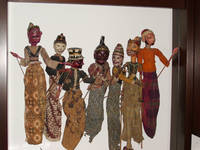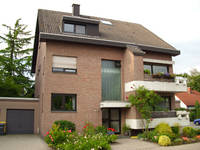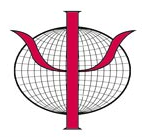Two Russian students on a tour of Germany
Day 1
After arriving in Düsseldorf, Hans-Werner Gessmann picked us up from the airport. Then we drove to the PIB center in Duisburg. On the way we saw beautiful landscapes. A prepared chicken fricassee with mushrooms, asparagus, peas and brown rice awaited us for lunch in the PIB center. Hans-Werner is a gifted cook :-). After a break we got to know some of the sights of Duisburg city center in the evening: the City Palace with the concert hall and a popular casino and numerous small restaurants, a huge modern shopping center, the old Salvator Church and the town hall from the 16th century. We then recovered after a delicious ice cream with fruit in the city’s botanical garden. When we watched a detective story on TV in the evening, our eyes closed.
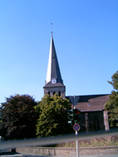
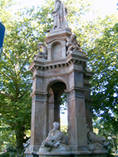

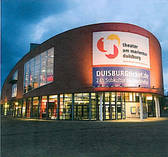
Day 2
We got to know the special education teacher Markus Färber, who told us about the special features of German special schools. It was very interesting to learn about the special conditions under which certain children are admitted to the special school. We were able to learn that there are many different types of special schools, for example special schools for social and emotional learning for children who have deficits in their behavioral development. The teachers in the special schools work with individual development and support plans, which are individually tailored to each child.
After a vegetable pan with wholemeal pasta and lots of fresh fruit, we visited the Duisburg Zoo, one of the largest animal parks in Germany. One attraction of this zoo is a dolphinarium, where we saw a performance of dolphin training. We also liked the koala bears. They eat only one type of eucalyptus leaf each day and are only two centimeters tall when they are born.
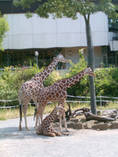
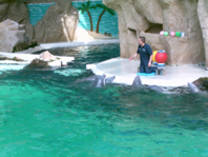
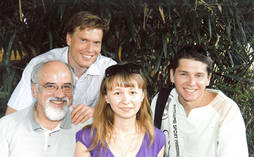
Day 3
In the morning we had English lessons: we read an exciting detective story. At noon we were impressed by the Küppermühle Museum in the inner harbor of Duisburg.
The inner harbor in Duisburg, which has a size of 89 hectares, was the central port and trading center of the Ruhr city for more than a century during the heyday of the industrial revolution. Since the mid-1960s, the port has lost importance and lay idle for 20 years before structural change began in the inner port. But now the inner harbor plays an important role in the life of Duisburg because it is one of the most important economic places in Germany.
In the Küppersmühle Museum – a renovated old building of the former old port facility – there are today works by modern artists such as Georg Baselitz, Sigmar Polke, Rebecca Horn. All images are food for thought.
In the evening we saw a film about psychotherapeutic work with children, in which the methods of humanistic psychodrama were used. So far we have thought that it is very difficult to work with children using psychodrama. But now we see: everything depends on the skill of the psychodramatist.
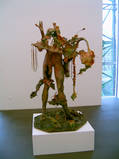
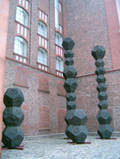
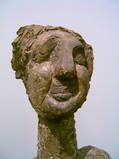
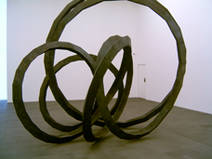
Day 4
There are so many beautiful big cities in Germany. One of them is Düsseldorf, which we visited that day. It is the capital of North Rhine-Westphalia. After a walk through the old town we reached the restored inner harbor. In the old town we were able to visit old houses and churches and then the special architecture of the buildings in the inner harbor.
After we took the elevator to the 200 meter high television tower, we were able to see everything from above. Between the many buildings of the ministries, the parliament and the city gate are particularly striking. They have a very modern architecture and look magnificent.
On the way back to Duisburg we met the well-known psychologist Mariele Gessmann, who uses the tapping acupuncture technique in her work. This was a new experience for us. Mrs. Gessmann is a very nice woman who told us a lot about her work in Germany.
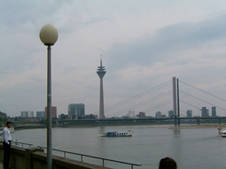
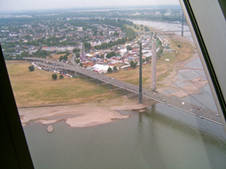
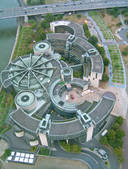
Day 5
This year’s Love Parade took place in Duisburg on Saturday. This is a festival of techno music. 1.5 million young people from many countries came together to dance and celebrate a huge party. Many people were dressed in very unusual costumes, like at a carnival. The mood overall was very good and the people very peaceful. We had the opportunity to study different group dynamic processes because the crowd of people was a big peculiarity. Unfortunately, there was an accident in the evening, which overshadowed what was actually a beautiful day.
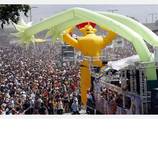
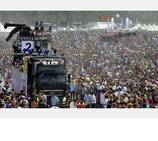
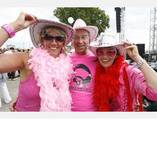

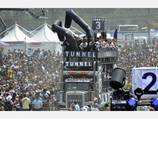

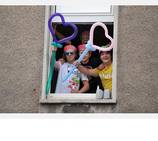
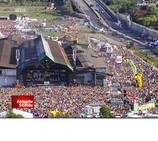
Day 6
Today was devoted to work on the KTMS test. The KTMS is a study aptitude test for medical courses, which we are developing at Nekrassow University.
Hans-Werner Gessmann explained many terms from the field of test construction. After that we discussed further work on the test and started to implement our plans.


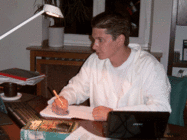
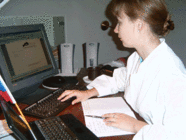
Day 7
Work on the KTMS continued. We have many new terms, such as B. Selectivity, selection parameter, homogeneity. We considered the importance of these terms for the development of psychological tests. Test construction is a very interesting area of psychology, in which we still have a lot of new information ahead of us.
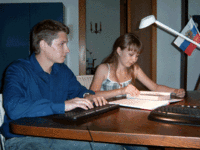
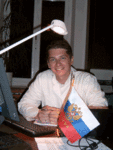
Day 8
That day we had intended to visit the Landscape Park North of Duisburg, but on the way we found out that the roads there were closed, so we decided to go to a museum in Oberhausen. There is currently an excellent exhibition “Sternstunden” in the gasometer in this city. It was just wonderful that we could see all the planets with our own eyes, and we even had the opportunity to sit next to the moon and hear the mysterious sounds of space. We were able to go up to the roof of the gasometer with an elevator. From there was a wide view of all the neighboring towns of Oberhausen.
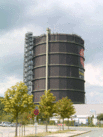
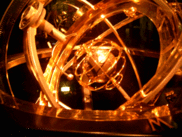
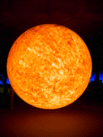
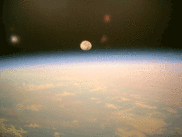
Day 9
The landscapes of Germany are mostly of an exceptional beauty. We are becoming more and more convinced of this. Today we visited the Eifel, where there are many volcanic lakes. We saw a lake in a volcanic crater for the first time in our lives. Such a lake is called a maar. We even managed to take a boat trip through this lake.
Not far from the lake is the monastery “Maria Laach”. The Maria Laach Abbey is one of the approximately 60 Benedictine male and female monasteries in Germany. More than 50 monks live in the abbey according to the rules of Saint Benedict.
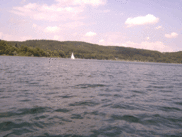
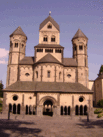
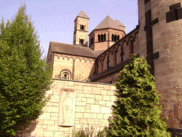
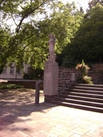
Day 10
Today we had the opportunity to visit the district court of the city of Oberhausen and to observe the trial of a young man who drove several times without a license. After that we met the head of the “Probation Service Oberhausen” – Birgit Althoff, who in her office told us a lot of new information about the work of this institution.
It was completely new to us that there are three main areas in the work of this organization in Germany, namely probation assistance, supervision of conduct and court assistance. The probation assistance is provided to the persons so that they do not reoffend again. Guidance supervision is the assistance to people who are being released from a psychiatric prison or even those who are dangerous to the community. The court help is a help for the court to get information for a fair judgment.
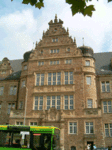
Day 11
Today we got to know another employee of the PIB center – Jörg Plesse. He is responsible for the connection with the DAAD. We received a lot of new information about his work from Jörg Plesse. We didn’t know very much about the cooperation between German universities and the DAAD. In this context, the PIB cooperates with the Friedrich Schiller University Jena.
In the evening we were invited by Hans-Werner to his apartment, where we saw an informative film about Germany. The film recordings were mainly made from an airplane and showed the largest cities in Germany from above. Afterwards there was a special dinner, which Hans-Werner had prepared for us. We ate many of the specialties for the first time in our lives, e.g. ostrich meat. It is very tasty and gave us another chance to convince ourselves that Hans-Werner is a talented chef.
